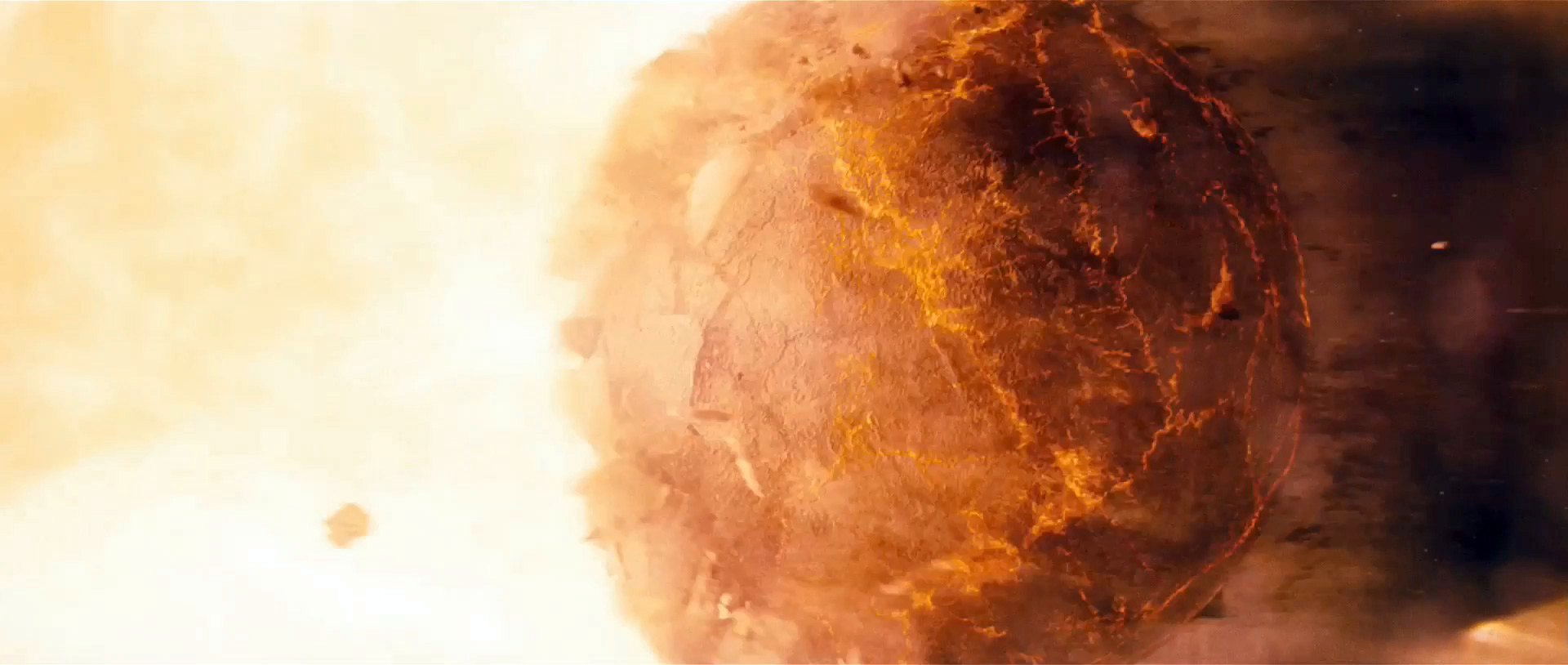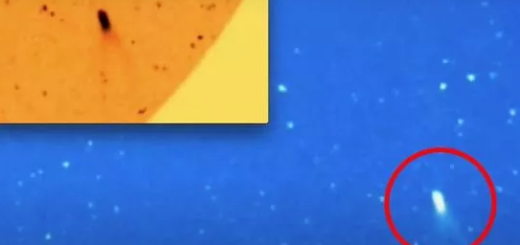Planet Nine could wreak HAVOC on our Solar System suggest experts

For decades, scientists have been convinced that somewhere out there, there is a massive planet hiding in the outer confines of our solar system, beyond the orbit of dwarf planet Pluto.
This enigmatic planet referred to by many as Planet X, Planet Nine, and by some Nibiru has still not been found, but researchers warn that the enigmatic world could spell DOOM for our solar system.
But don’t worry, according to the theory proposed by researchers at the University of Warwick, it isn’t happening anytime soon.
According to scientists from the University of Warwick, in around 7 Billion years, when our Sun is expected to run out of ‘fuel’ and die out –swallowing Earth in the process— the enigmatic alien world known as Planet Nine could hurl one or more planets out of our solar system, in a sort of pinball effect.
The new theory proposed by experts at the University of Warwick indicates that Planet Nine, aka Planet X –which is believed to be located somewhere in the outer solar system— may thrust inwards hurtling into a ‘death dance’ together with the four giant planets in our solar system – Jupiter, Saturn, Uranus, and Neptune.
Experts fear that the result of this could cause the ejection of one or more planets from our solar system.
However, all of this is if in fact, the elusive planet exists.
Lead researchers of the study Dr. Dimitri Veras said: “The existence of a distant massive planet could fundamentally change the fate of the solar system,” says Veras. “Uranus and Neptune, in particular, may no longer be safe from the death throes of the Sun. The fate of the solar system would depend on the mass and orbital properties of Planet Nine if it exists.”
“The future of the Sun may be foreshadowed by white dwarfs that are ‘polluted’ by rocky debris,” says Veras. “‘Planet Nine’ could act as a catalyst for the pollution. The Sun’s future identity as a white dwarf that could be ‘polluted’ by rocky debris may reflect current observations of other white dwarfs throughout the Milky Way,” he adds.
Source: University of Warwick



 Creators of mankind
Creators of mankind Description of “Tall white aliens”
Description of “Tall white aliens” Where they came from?
Where they came from? About hostile civilizations
About hostile civilizations The war for the Earth
The war for the Earth “Tall white aliens” about eternal life
“Tall white aliens” about eternal life Video: “Nordic aliens”
Video: “Nordic aliens” Aliens
Aliens Alien encounters
Alien encounters The aliens base
The aliens base UFO
UFO Technology UFO
Technology UFO Underground civilization
Underground civilization Ancient alien artifacts
Ancient alien artifacts Military and UFO
Military and UFO Mysteries and hypotheses
Mysteries and hypotheses Scientific facts
Scientific facts


















